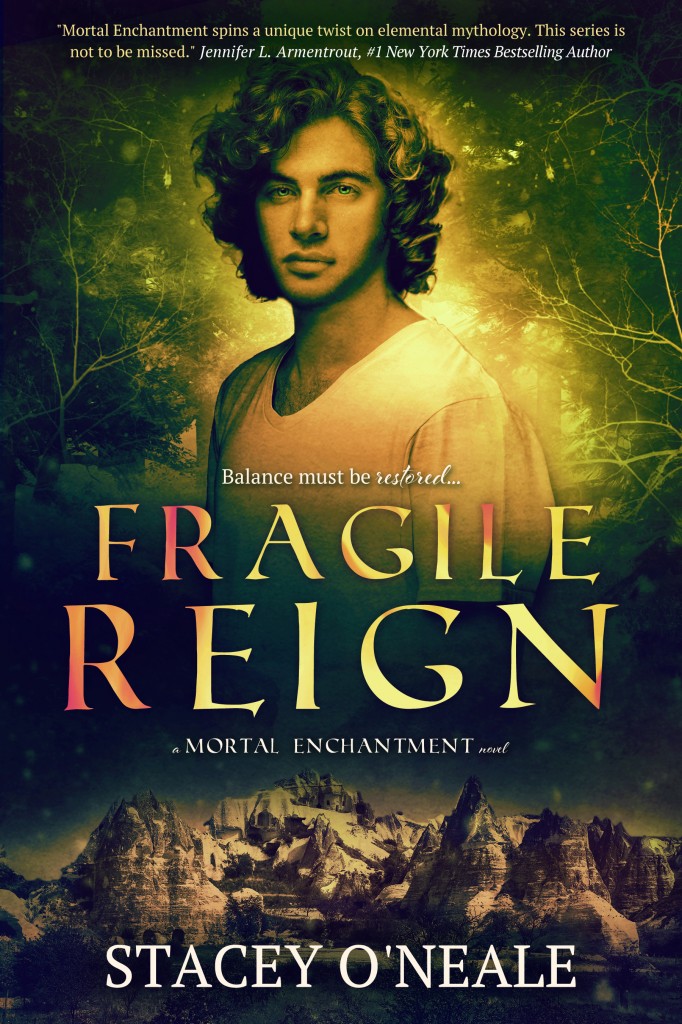 |
| Isabella d'Este, a drawing by Leonardo da Vinci, possibly made for a painting |
The Italian Renaissance brought us not only great men - artists and sculptors, like Leonardo da Vinci and Michelangelo, notorious and powerful princes like Cesare Borgia and men who wrote about them, like Michaevelli - but also great women who became a force in their own right.
One such woman was Isabella D'Este, Duke of Ferrara Ercole I D'Este and Eleanor of Naples. Isabella was influential in the political and cultural landscape of the Italian Renaissance, a major patron of arts and an inexhaustible letter-writer, which allows us a glimpse into the society of her time.
 |
| Young Isabella d'Este (anonymous painter) |
Born in May of 1474 in Ferrara in northern Italy, Isabella was educated in the best classical manner. She was well versed in classical literature and history, could read, write and translate from Greek and Latin and easily held intellectual conversations with the brightest writers and scholars in the court, as well as ambassadors and heads of states. She was the oldest of the Duke's children, and her siblings included Beatrice D'Este, another influential woman of the Renaissance, and brothers Alfonso, Ippolito, Ferrante and Sigismondo. Alfonso would become the third husband of Lucrezia Borgia.
Although she was at first betrothed to, Gianfrancesco, the heir to the Marquis of Mantua, she married his successor ten years later, Francesco Gonzaga. The two deeply admired and respected each other and those feelings eventually grew into real love. Since her husband was often away in Venice as the Captain General of the Venetian armies, Isabella often ruled as his regent.
 |
| Isabella's husband, Franceso Gonzaga |
She also developed a very close friendship with her sister-in-law, Elisabetta Gonzaga, and the two would go on to be lifelong friends, as their many letters to each other attest to. Four years after her wedding, Isabella gave birth to her first daughter. In total, she and Francesco would have eight children.
When her brother Alfonso married the notorious Lucrezia Borgia, Isabella hosted the festivities but soon turned cold towards her new sister-in-law. She had a reason - jealousy. Lucrezia went on to have a torrid and passionate affair with Isabella's husband, Francesco, which lasted quite a while and only ended at the time of his death from syphillis. During the years of the affair, however, Isabella continued to bear her husband children.
 |
| Mantua |
Isabella often demonstrated courage and astute mind and competency in political affairs, to the point where some considered her a better and more competent ruler than her husband. When Francesco became a hostage in Venice in 1509, Isabella didn't hesitate to take control of Mantua's military and was able to hold off the invaders until her husband was released in 1512. She continued to be an important and competent regent during other times her husband was absent, as well as as a regent to her son, Federico. She played a major roles in promoting Mantua to a Duchy and was a wise diplomat in her dealings with our states, and even negotiated with Cesare Borgia.
Besides her political and diplomatic acumen, Isabella was a great patron of the arts and literature, as well as a leader in fashion. She loved music and played musical instruments herself. Among the great artists she sponsored were Titian, Raphael, Leonardo da Vinci and Bellini. Through her letters we know that she repeatedly asked Leonardo da Vinci to paint her portrait. While there is a knowing drawing of her by Leonardo, the complete painting was not discovered until much later.
 |
| Isabella in her 60s, by Titian |
A writer Matteo Bandello described her as "supreme among women", while diplomat Niccolo da Correggio called her "The First Lady of the world."
After becoming a widow, Isabella continued to participate in the politics of Mantua and was well loved and respected by her people. In her later years, she turned Mantua into the center of arts and culture, creating a museum and even opening a school for girls. She also collected antiquities.
She died on February 13th, 1539 in Mantua, leaving a great legacy behind her.
Sources: http://en.wikipedia.org/wiki/Isabella_d%27Este
http://womenshistory.about.com/od/medievalitalianwomen/a/isabella_d_este.htm
http://italianrenaissanceresources.com/units/unit-8/essays/isabella-deste-collects/
 Yelena Casale is an award-winning author of urban fantasy and paranormal romance. Being very curious and inquisitive, she has been a devoted reader
and writer since childhood. As a 2nd degree black belt and instructor in
Shotokan karate, an avid traveler and history and art enthusiast, she weaves
universal themes with martial arts philosophies into her stories. She
lives with her amazing, super supportive husband. In her spare time, she reads, paints, watches cool shows on TV and
tries to get more sleep. Like
the samurai of the old, as well as the ultimate Renaissance man and
Yelena's favorite historical figure, Leonardo da Vinci, she believes
that nothing is greater than mastery of oneself.
Yelena Casale is an award-winning author of urban fantasy and paranormal romance. Being very curious and inquisitive, she has been a devoted reader
and writer since childhood. As a 2nd degree black belt and instructor in
Shotokan karate, an avid traveler and history and art enthusiast, she weaves
universal themes with martial arts philosophies into her stories. She
lives with her amazing, super supportive husband. In her spare time, she reads, paints, watches cool shows on TV and
tries to get more sleep. Like
the samurai of the old, as well as the ultimate Renaissance man and
Yelena's favorite historical figure, Leonardo da Vinci, she believes
that nothing is greater than mastery of oneself.




 About the Author
About the Author











